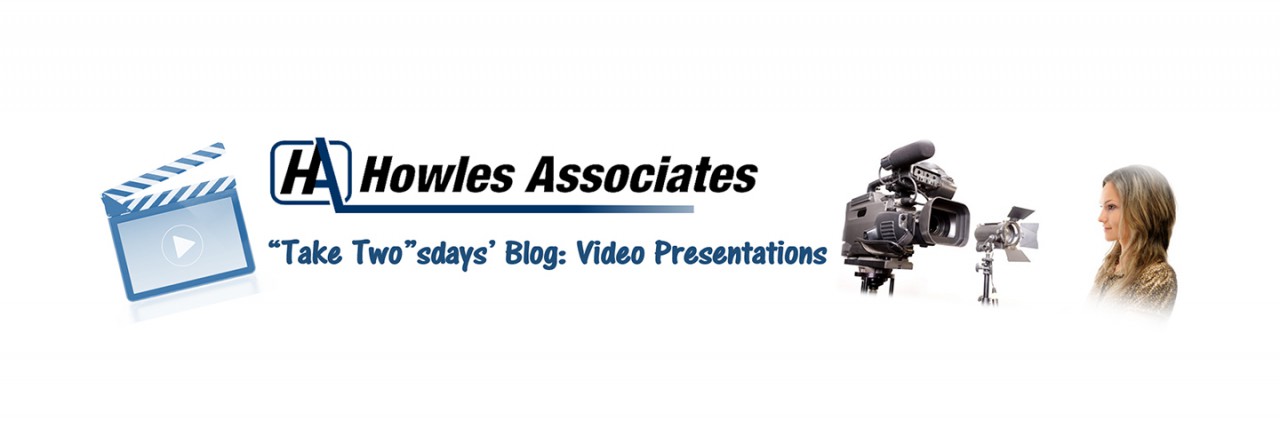In an address last year, Bill Rankin (Apple’s Director of Learning) said “making videos is a new literacy.” With the explosive growth of video in the last few years and its trajectory for continued growth, video is quickly becoming the dominant communication medium. According to Syndacast, 74% of all Internet traffic by next year will be video.
This notion of being “video literate” is intriquing. Ages ago in the Egyptian culture, only 1% of the population could read or write. These literate scribes were entrusted with writing and reading skills, as well as translations on behalf of their citizenry. Then in various cultures over the ages, literacy began to grow at variable rates. The advent of the printing press and the wider distribution of books also accelerated the spread of literacy. Benjamin Franklin’s idea to create lending institutions for sharing books without fees (our modern day library) also contributed to the cause, as did many other educational variables, and cultural shifts.
Today, we are faced with a need for a new literacy – video literacy. Many professionals have not been trained as videographers, cinematographer, on-camera talent, lighting specialists, and video script writers. Yet in the age of digital media, almost everyone has access to HD video cameras on smart phones and tablets. Publically accessible video platforms such as YouTube and vimeo have made it easy for us to record video ourselves and distribute them with relative ease to a global audience.
However, after watching many of the videos available to global viewers, you may notice some interesting trends. Videos are often handheld creating the “shaky cam” syndrome which is difficult for viewers to watch. Other videos are shot in the dark or backlit, as video requires lots of light. Some video messages ramble on and lose viewers within the first 30 seconds. Other videos showcase very poor audio quality. Some presenters on video aren’t sure where to look, how to move, and reveal their discomfort on-camera, and the list goes on.
So is recording a quality, effective video a new literacy?
Absolutely. As we transition to this age of dominant video communication, there are slight shifts all of us can make to raise the quality and improve our effectiveness. From technical aspects to visual framing, and from message design to on-camera presence, competencies exist that many professionals don’t yet know that they don’t know. By learning how to change a few things in video in order to create a greater impact, we align ourselves to reach our video message goals.
Video literacy begins with learning what those slight shifts are that we need to make. We need to learn and practice how to improve our ability to communicate effectively in this new medium. It is an exciting time for pioneering . . . are you ready?
What’s one thing you’ve noticed recently that video presenters could improve? Would love to hear from you in the comments below.

Hi Diana,
thank you for this interesting article and for coning the new term “video literacy”.
You name a very important point: Before making video content (especially for learning where we come from), people should gain some knowledge about technical, visual and didactical matters.
Best regards from Germany and keep on the good work!
Leo
Pink University GmbH
LikeLike
Vielen dank, Leo. Sie haben Recht. Die Leute haben viel zu lernen. Wir sind in einer spannenden Phase der Pionier!
Best,
Diana
Howles Associates, LLC
LikeLike
Danke für die nette Rückmeldung, Diana – und Kompliment für Ihr tolles Deutsch!
Mit herzlichen, kollegialen Pionier-Grüßen aus München 🙂
Leo
LikeLike
Danke! Ich habe in Gauting fur ein paar Wochen lebte. Wenn Ihr Unternahmen Video-Prasentation coaching braucht, halten Sie uns bitte im Auge behalten.
Tschuss,
Diana
LikeLike